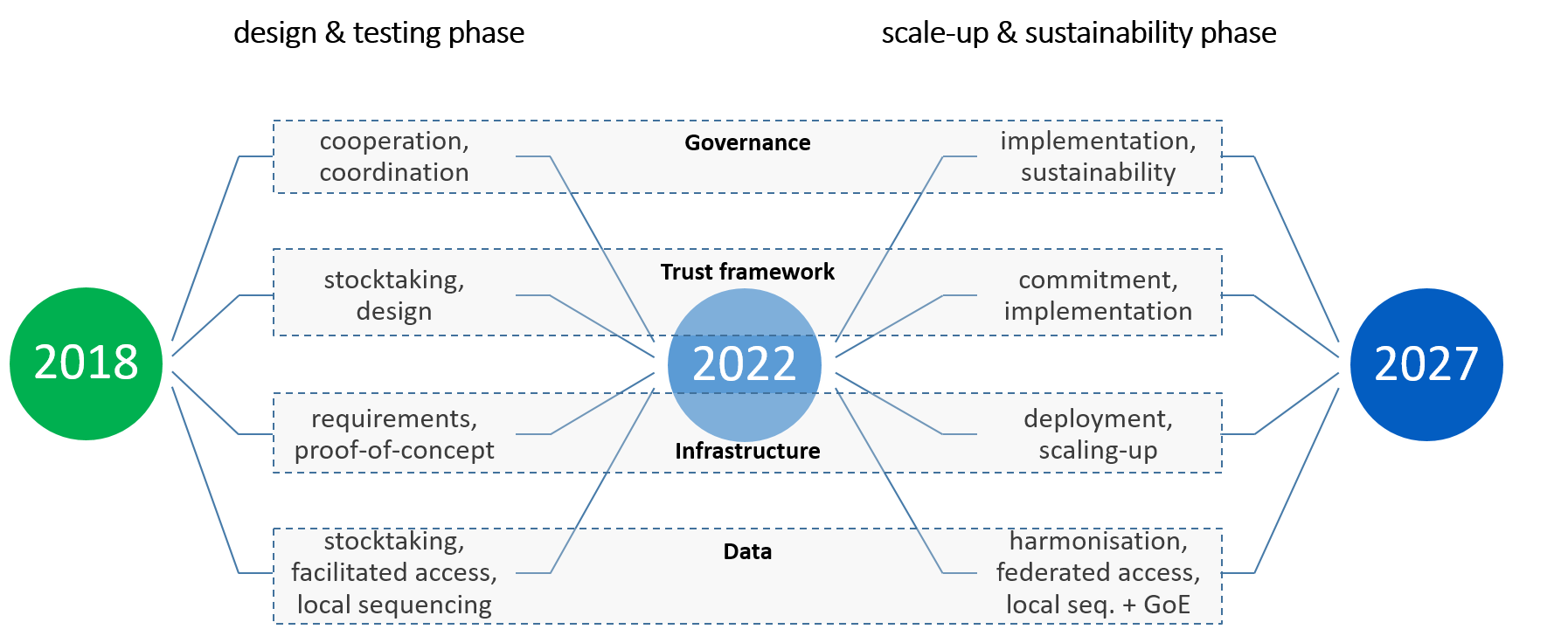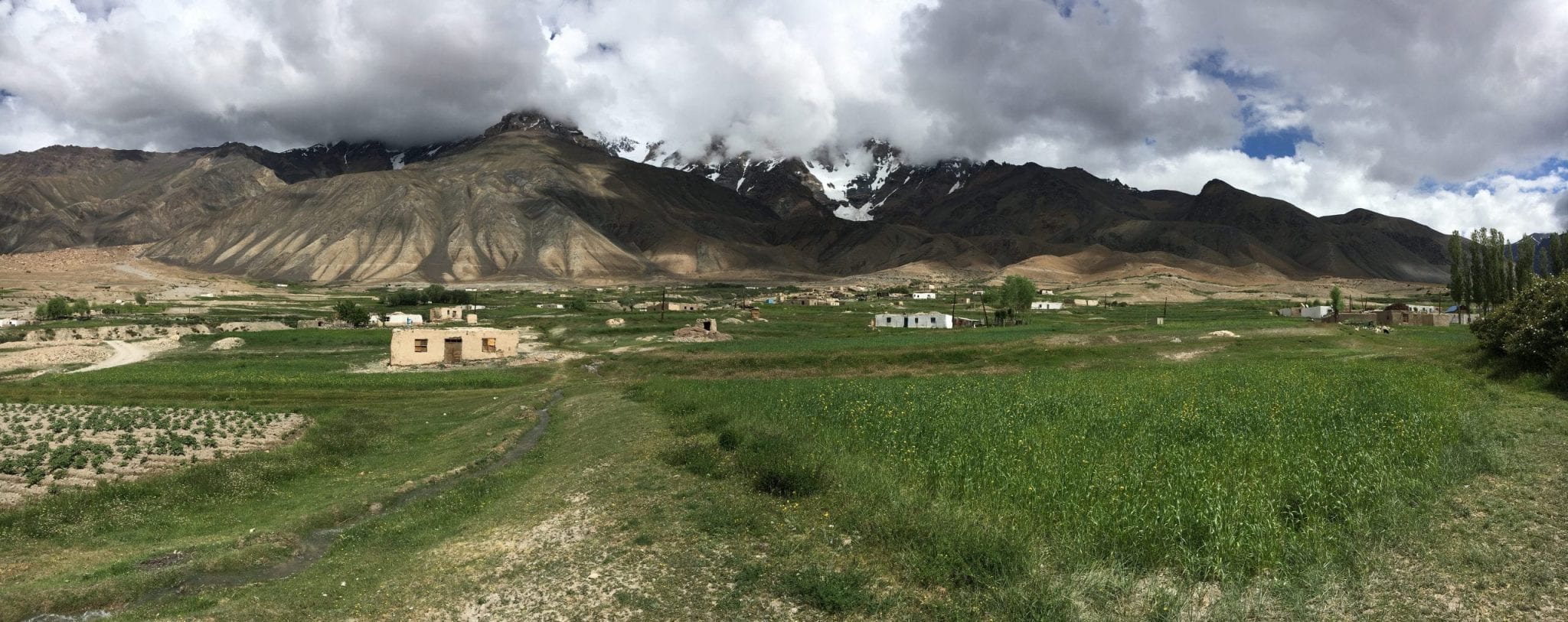Within New York State's prosperous, resilient and environmentally friendly vision, The Energy Authority is strengthening its preparations for the future by launching a study on the relationship between climate change and its work. By anticipating different scenarios, and guess their effects, and suggest what should be done to confront them.
Climate change has arguably become one of the most pressing global issues driving a frantic race to shape policies and change forms of governance, as governments choosing their current strategies will shape their future.
In a country the size of the United States of America, This can be a complex and complex endeavor, Especially considering its enormous energy consumption. So, Attention turned to the largest entities of the sector, It is the New York Energy Authority, which produces a quarter of the state's energy, It relies on hydroelectric power for 80% of its production. It collects them from 16 facilities that generate electricity, It transports it through a network of more than two million kilometers of power lines.
In fact, this sector is highly vulnerable to climate change, Especially with the change in rainfall rates and the variation in their quantities, intensity and frequency, What is produced by extreme weather events may also threaten the generating stations, their functions, crews and capital. It causes performance decline. Hence, The hydropower sector must be managed more effectively and safely, But this approach is not possible without a thorough understanding of the impact of climate change on companies, their assets and strategies. Establish clear policies to identify and address glitches before they affect customers.
To answer these questions, The Energy Authority cooperated with the Argun National Laboratory of the Ministry of Energy, Electric Power Research Institute, Columbia's Center for Global Energy Policy, It launched its first experiment in assessing the impact of climate change on its operations with a budget of nearly one million dollars. As part of the Vision 2030 strategy set by the authorities, Flexibility has been a key pillar.
This project can be likened to the creation of a digital twin of the Energy Authority system, In the sense of collecting climate data and projecting them on the virtual model of the Authority's electricity grid, The result is predictions that accurately determine future weather phenomena. Accordingly, The research team makes detailed forecasts for flooding, humidity, drought or others, It builds models that illustrate their impact on critical facilities, assets and equipment.
To build a comprehensive simulation process, The team will use 3 different models of global climate, It will project two different scenarios for the planet's greenhouse gas emission rates. The researchers will also prepare a system-wide assessment that breaks down potential climate risks by region and their importance within DEWA's infrastructure system. Then they will develop a plan targeting climate resilience, It includes guidance for the management team on containing the effects of extreme weather events. In addition, The study will provide operational standards, specifications and designs for solution projects, Such as energy efficiency, solar power plants, storage, and electric vehicle charging stations.
Argun National Laboratory will benefit from its expertise in creating datasets that simulate local climate phenomena, and possesses most of the detailed climate projections in the country, It will use the latest modeling techniques for climate systems and infrastructure to paint an accurate picture of climate impacts on investment strategies. The laboratory will rely on the input of the Columbia Center for Global Energy Policy, It will address the proposed approach to applying infrastructure and energy models in research. The center will also assist in designing scenarios, analyzing results, and making recommendations and proposals.
Most climate models fail to study changes on a large scale. It cannot cover more than 100 square kilometers. Given the size of New York, The development of the model will be a very intensive mathematical problem, So much so that it would take more than 3,000 years to perform it on a regular computer. Therefore, Argon's lab has employed a supercomputer capable of completing this process in a matter of hours.
The laboratory used a regional climate model for North America, It is a square grid covering 12 kilometers in length and twice as wide as an image represented in acceptable resolution and smaller pixel sizes. With this, The model contained hundreds of thousands of networks, Each of them included dozens of equations representing various climatic and atmospheric processes and phenomena analyzed and calculated by the supercomputer. It gives results divided into time units of 3 hours. If the student wants to know the results in January 2050, He will find an analysis of what will happen during the first three hours, followed by an analysis of the following three hours, These results could be projected over years or decades to come.
This study is not an isolated procedure, It is the first phase of a plan launched before the COVID-19 pandemic that temporarily halted it. It is intended to last for years, Lead to enhanced environmental, social and governance performance. As for the second phase, which will start in 2023, It will focus on the economic and social impacts of climate change on communities and stakeholders and will focus on regional and community-based resilience and adaptation.
New York State has adopted ambitious targets through the Climate Leadership and Community Protection Act, which calls on the energy system to work toward total decarbonization by 2040. But the authority aspires to achieve this goal 5 years before the specified date.
These efforts will support infrastructure investment planning and enhance the energy authority's resilience to risks. existing and future ones, including climatic phenomena, It will enable officials to shape future policies that ensure a reliable, resilient and affordable energy system across New York State. This will bring it closer to its goal of reaching a zero-carbon state by 2050.
References:
https://www.nypa.gov/news/press-releases/2021/20210805-climate






